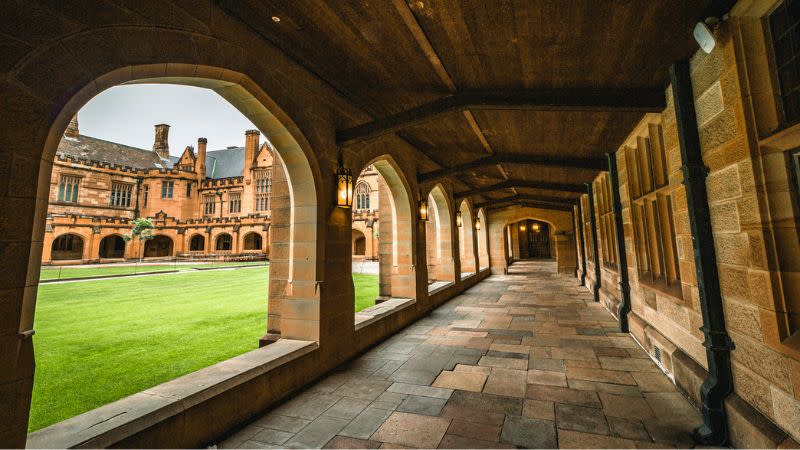Number of Australians Working from Home Declines

The number of people working from home has declined during the past two years but, unsurprisingly, remains well above the pre-pandemic rate.
According to Australian Bureau of Statistics data for August 2023, 37 per cent of Australians work from home regularly. This was down from about 40 per cent in 2021.
Bureau head of labour statistics Bjorn Jarvis said that prior to the pandemic, the percentage of employed people working from home regularly had been steadily increasing by about a percentage point every two years.
“It jumped by around 8 percentage points between August 2019 and August 2021, from around 32 to 40 per cent, when the restrictions around the Delta [coronavirus] variant were in effect across much of south-east Australia,” he said.
He said that although the figure had declined, it was still 5 percentage points above the pre-pandemic level, “showing that many of the changes in behaviour and working arrangements have continued beyond the pandemic”.
Working from home continued to be more common in some occupations. Close to two-thirds (60 per cent) of managers and professionals were doing it regularly in August, compared to around one in five (22 per cent) across other occupations.
“While the pandemic has prompted a large shift in people working from home, there haven’t been similarly large changes in other arrangements such as working flexible hours,” Jarvis said.
“Apart from working from home, most other arrangements have generally followed pre-pandemic trends.”
It is a glimmer of hope, albeit dull, for the office sector as it struggles with low vacancy rates off the back of a workforce unwilling to return to the office full-time, driving the so-called flight to quality as owners invest in making their assets more attractive to companies and their staff.

Population grows 2.4pc
Australia’s population grew by 2.4 per cent in the year to June 30, 2023, according to the latest figures from the bureau.
The population is now 26.6 million people, an increase of 624,100 people over the year.
“There were 737,200 overseas migration arrivals and 219,100 departures, adding 518,100 people to our population from overseas migration,” bureau head of demography Beidar Cho said.
“People arriving on temporary visas, such as international students, were the main contributor to the arrivals, with the number of departures remaining low as the cycle of arrivals and departures have not yet returned to typical pre-pandemic patterns.”
Natural increase was 106,100 people, a decrease of 15.4 per cent from the previous year. There were 295,900 births and 189,900 deaths registered in this time, with deaths increasing 3.6 per cent and births decreasing 4.1 per cent.
“Western Australia had the fastest rise in population, growing 3.1 per cent on the previous year. This was followed by Victoria, which grew by 2.7 per cent, and Queensland which had a 2.6 per cent rise,” Cho said.
Tasmania had the least growth with a 0.3 per cent increase for the period.













